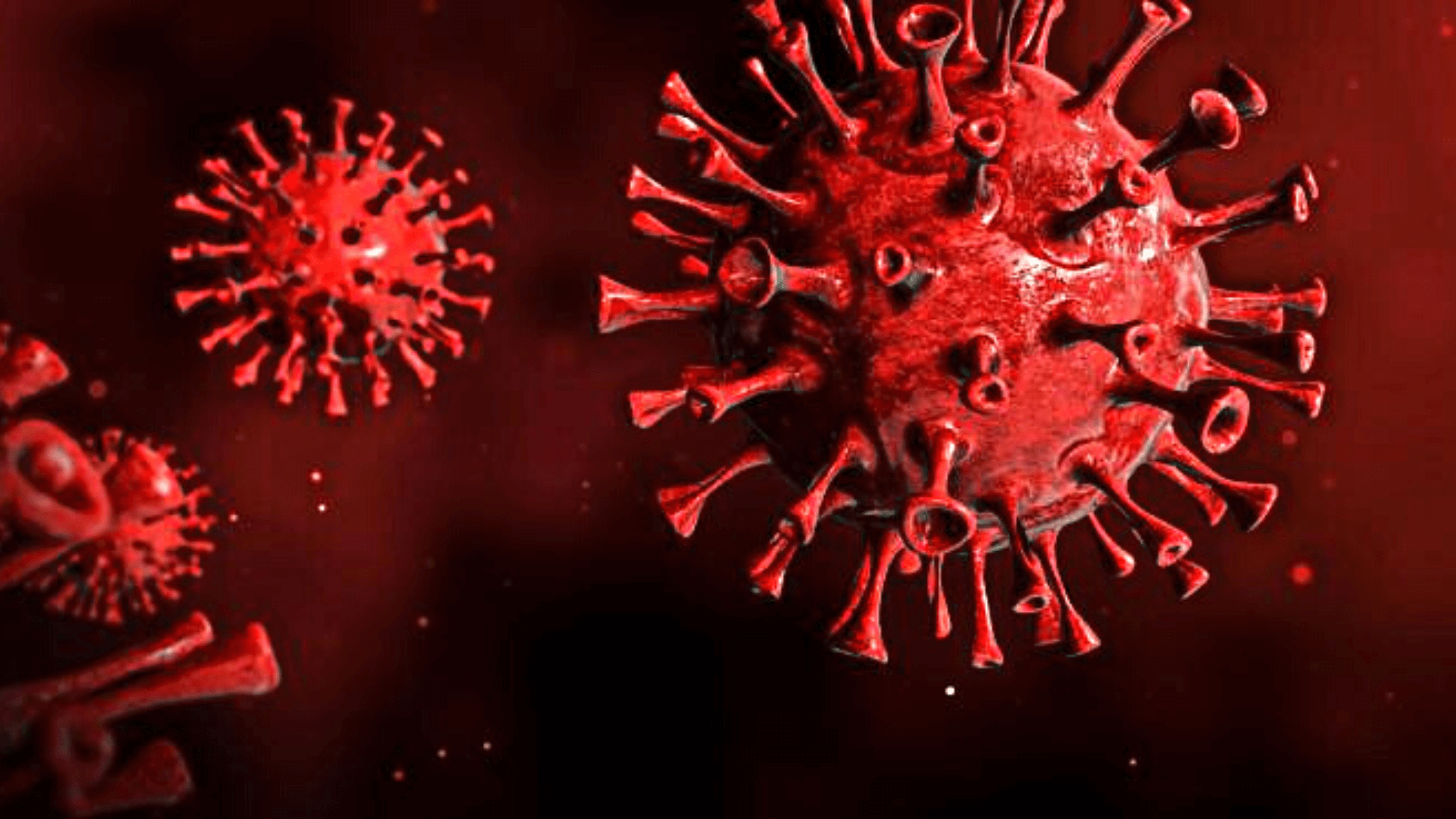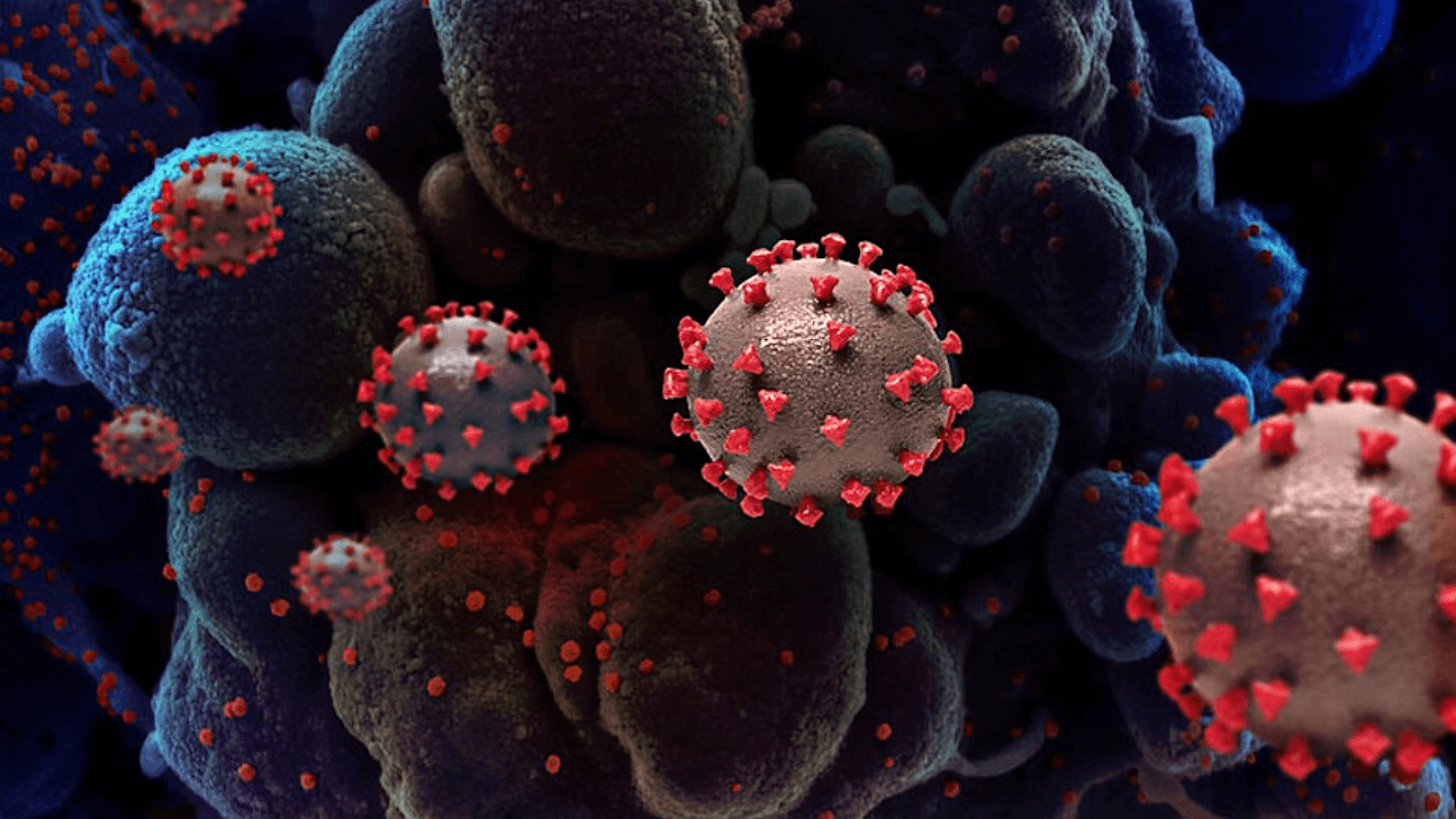The Zombie Virus That Had Been Frozen Has Now Been Revived

Scientists from the French National Centre for Scientific Research have unearthed and revived an ancient virus that was dormant for over 48,500 years in the Siberian permafrost.
The newly found giant pandoravirus infects single-celled organisms like amoeba and it is currently the oldest virus ever found to date. It was discovered along with a dozen other viruses, with the youngest one dating to 27,000 years old, from the bottom of a frozen lake in Yukechi Alas in Yakutia, Russia.
Researchers have confirmed that each of these viruses was distinct from all other known viruses in terms of their genetic configuration.
By using live single-cell amoeba cultures, the research team proved that the viruses still had the potential to be infectious pathogens on their targetted hosts.
48,500-year-old The Ancient Virus Revived By Scientists In Russia
The research team has made sure the experiments were conducted in a strictly controlled laboratory. Although it is still dangerous, scientists believe that the research is necessary to prepare for pandemic-level issues that could arise as the permafrost thaws.
Jean-Marie Alempic, the microbiologist and the leader of the research team, says that the viruses are potentially a significant public health risk and further study needs to be conducted to assess the danger that these infectious agents could bring.

About a quarter of the Northern Hemisphere sits on top of permanently frozen ground referred to as ‘permafrost’. The warming global climate irreversibly thaws the permafrost releasing organic matter that was frozen below for up to a million years. They decompose into carbon dioxide and methane, which further enhances the greenhouse effect and melts more of the permafrost.
These frozen landmasses also contain a host of ancient viruses that can be released back into the environment as the world warms up. But there is no need to sound the alarm yet as with our current stockpile of various antibiotics, it’s possible that these viruses are less threatening. A newly mutated virus that is resistant to known antibiotics like SARS-CoV-2 is more problematic for public health especially due to the rising populations in the Arctic.
The newly revived virus was given the name “Pandoravirus yedoma” according to its size and the type of permafrost soil it was found in. The current discovery was made by the same research institute (French National Centre for Scientific Research) that discovered the 30,000-year-old pithovirus back in 2014. Professor Jean-Michel Claverie of the 2014 discovery also warned last year of ‘extremely good evidence that you can revive bacteria from deep permafrost.
Many of the viruses that are expected to be released as the ice thaws will be completely unknown to use and it remains to be seen how infectious they can be once they’re exposed to the light, heat, and oxygen of the current environment.
Eric Delwart, a Virologist from the University of Californio, stands with the notion these viruses are just the start when it comes to exploring what lies hidden beneath the permafrost. According to him, if researchers are isolating live viruses from ancient permafrost, it is likely that smaller and simpler mammalian viruses could also survive being frozen for eons.
Scientific models estimate that the permafrost contains one and a half trillion tons of carbon, which is twice the amount currently held by the earth’s atmosphere.
Increasing populations in the arctic and the warming climate will further increase the melting of permafrost which can bring unprecedented public health concerns if humanity is underprepared. Extensive research into these viruses is of utmost importance and strategic measures to reduce human contact with the ancient remains of long-dead and buried species should be curtailed to ensure public safety.





